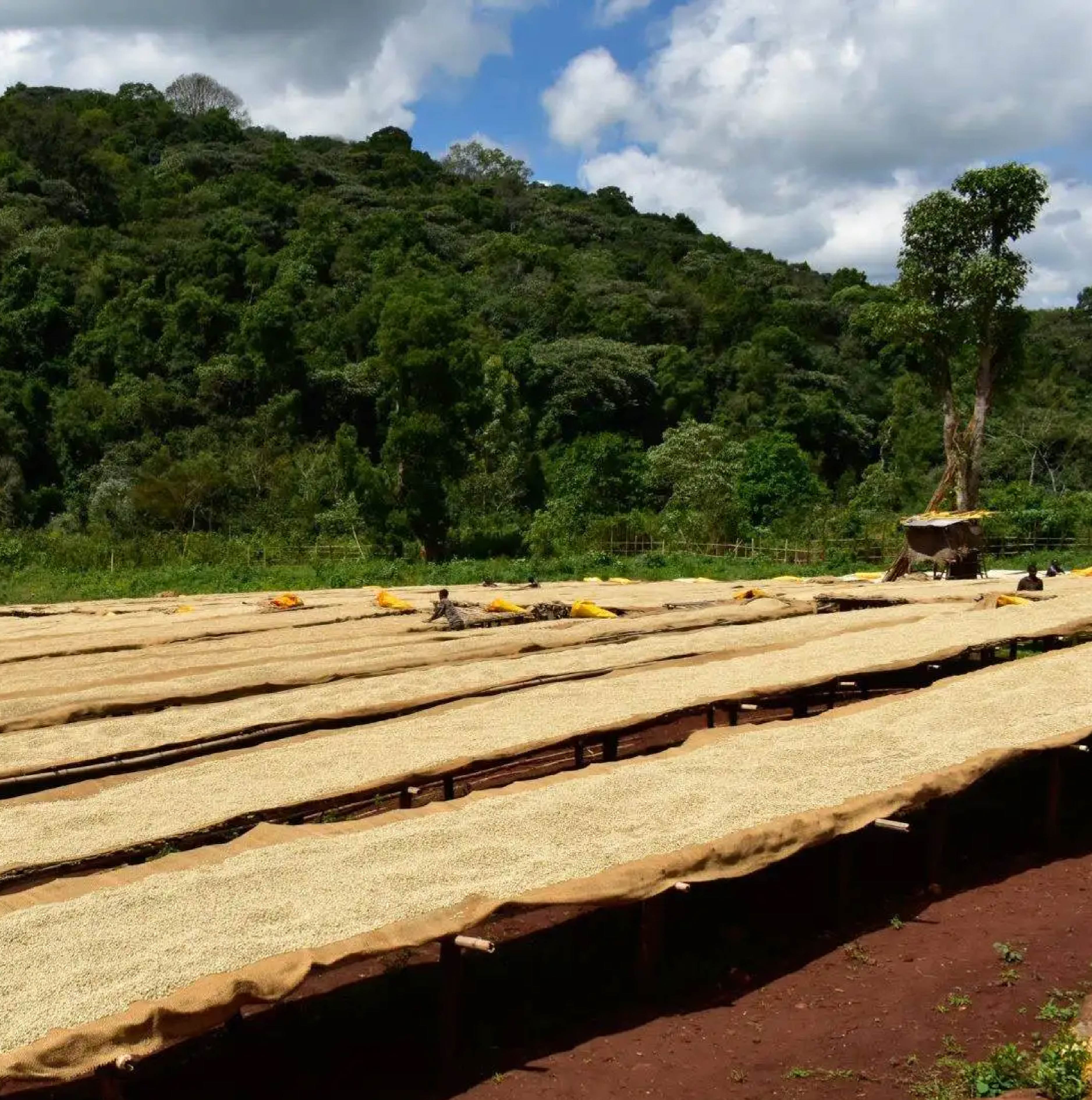HEIRLOOM YIRGACHEFFE
Ethiopian Heirloom varieties include a diverse range of indigenous coffee plants native to the country that can be separated into two main groups: JARC varieties and landraces.
JARC varieties are designed and improved by the Jimma Agricultural Research Centre to evolve into coffee plants with more appealing traits, like better disease immunity for example. Unlike commercial hybrids, these types have not been extensively bred or altered, preserving Ethiopia's genetic diversity as much as possible.
Regional landraces are wild, mixed coffee trees, known for their unique and complex flavour profiles. These varieties often exhibit fruity, floral, and spicy notes, along with bright acidity and a full body.





